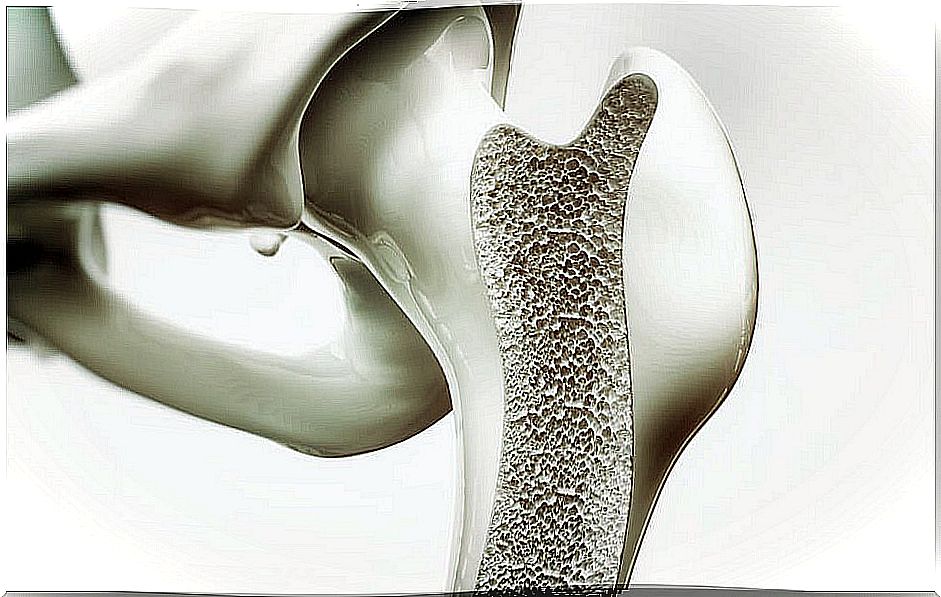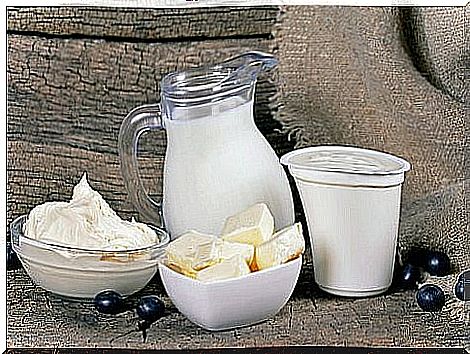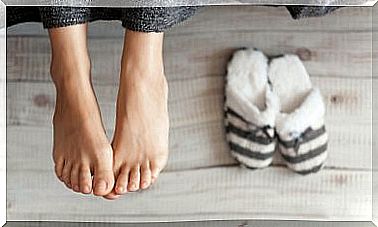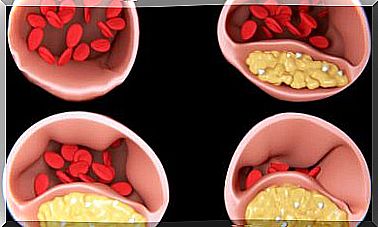Osteoporosis, A Silent Disease
Osteoporosis is a disease that affects the bone apparatus, causing a decrease in the density of bone mass. As a result, bones become increasingly porous and fragile. It is a well-known disease, although a single cause has not yet been determined.
However, it is known that there are several factors that can influence its appearance, from bad habits such as smoking and alcoholism, the consumption of certain medications (such as glucocorticoids), low body weight and various diseases.
Osteoporosis
The MSD Manual defines osteoporosis as ” a progressive metabolic bone disease that decreases bone density (bone mass per unit volume), with deterioration of bone structure.” In addition, it can be classified as primary or secondary, depending on the level of impairment.
Regarding the prevalence of the disease, it has been observed that it usually affects mainly female patients after menopause. However, there are also cases of children, adult men and young women.

Before continuing to learn about this disease, we must remember an important point: bones can gain bone density up to the age of 30. From there, they stop developing and after 40 years, bone mass decreases. However, this natural process can be accelerated with osteoporosis.
A pre-osteoporosis condition is osteopenia. This is the serious deterioration of the bones that 15% of women between 30 and 40 years of age suffer. And although osteopenia can turn into osteoporosis, it is possible to stop it and even rebuild weakened bone.
Prevention
Like other diseases, it can be prevented by maintaining good lifestyle habits. A balanced diet, rich in calcium, phosphorus, magnesium and vitamin D, in conjunction with a good exercise routine, among other issues, significantly influences the proper functioning of the body and, therefore, the prevention of diseases.
Calcium absorption can be affected by excessive consumption of salt, and foods containing xanthines and caffeine. Therefore, it is advisable to moderate the consumption of coffee and other related beverages. Likewise, radical diets, tobacco and alcohol consumption should be avoided.
If the person knows that they have a family history, it is convenient to take care of themselves from an early age.
Diet: it’s not just a matter of calcium
Eating foods rich in calcium and vitamin D can help prevent osteoporosis. Some good sources of calcium are yogurt, milk, and cheese, which are essential during childhood, youth, and adulthood. But many other foods can contain calcium. The 30-year barrier marks the moment when the body takes better advantage of the benefits of this mineral.
For this reason, the World Health Organization recommends a daily intake of 300 to 700 mg of calcium for a child up to 10 years old; for adolescents, 1.3 g; 1 g for adults and 1.3 g for postmenopausal women and older men.
Try to regularly consume foods such as salmon, sardines, mussels, oysters, prawns, anchovies, canned sardines or anchovies. All of them contain vitamin D, as it helps to absorb and fix calcium in the bones. It is also recommended to consume: liver, egg yolk and fortified dairy products.
Vitamin C is also important for the synthesis of collagen that is part of bone. This can be obtained from the consumption of mandarin, orange, lemon, pepper, melon, broccoli, carrot or tomato. However, keep in mind that vitamin C tends to lose its effectiveness when exposed to temperatures greater than 30 ºC.

Conclution
It is recommended that you sunbathe for at least 15 minutes a day, to stimulate the production of vitamin D. However, remember to always do so taking the pertinent precautions.
In case you have concerns, consult your doctor. Do not use supplements without the authorization of the professional, as it could be counterproductive.








